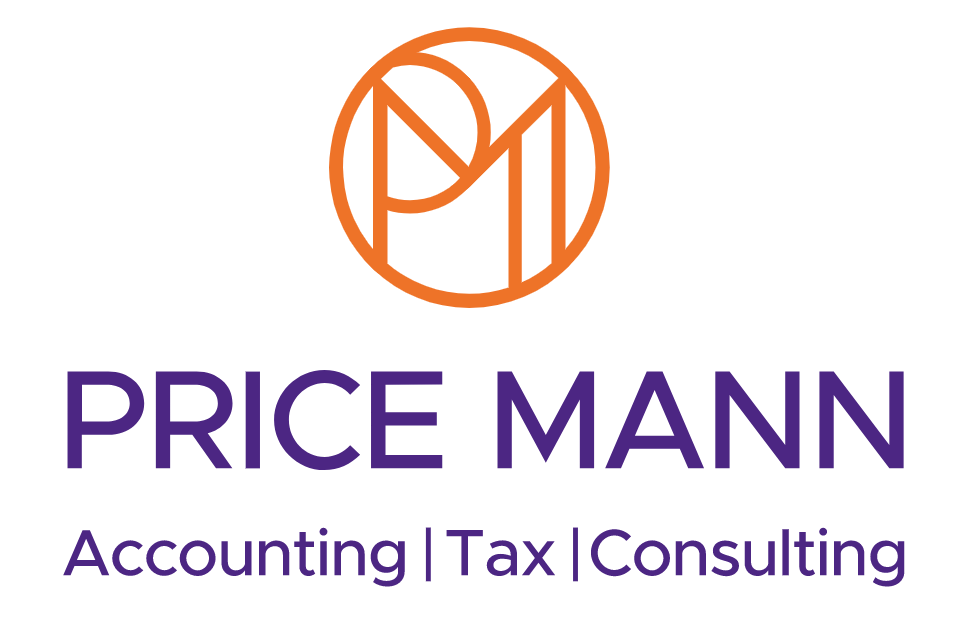Traditionally, most people get nowhere near breaching the pensions lifetime allowance, but that’s likely to change over the next five years.
The lifetime pensions allowance is currently £1,073,100.
In his Spring Budget on 3 March 2021, however, Chancellor Rishi Sunak revealed that this would be frozen until 5 April 2026 – along with a raft of other tax rates and thresholds. This will be bad news for some.
It stands to reason that this ‘stealth tax grab’ will affect more savers as time goes by, making it more important than ever to consider how best to utilise their pension tax allowances if they’re to save for their retirement in the most tax-efficient way.
Had the UK’s public finances not been ravaged by COVID-19 over the last year, the lifetime allowance would have increased in line with the Consumer Prices Index (CPI) rate of inflation from the previous September on 6 April 2021.
It would probably have continued to rise modestly every year, giving savers more room to continue to benefit from making tax-efficient pension contributions and investment growth.
The five-year freeze means, if you already have a sizable sum saved in your pension pot, you have an increased risk of exceeding the lifetime allowance and potentially facing a tax charge at some point in the future.
What is the lifetime allowance?
The lifetime allowance limits the amount of pension benefits that can be withdrawn from all your pension schemes, whether it’s as a lump sum or retirement income, without triggering an extra tax charge of up to 55%. It was due to increase by 0.5% for 2021/22.
But this annual link to CPI has been removed up to and including the 2025/26 tax year in an attempt to claw back in tax the huge amount of money spent on protecting the UK economy from the financial fallout of COVID-19.
In doing so, the Treasury expects to recoup around £800 million by the end of the five years, starting with £80m this year and rising to £300m in 2025/26.
Who will it affect?
The freeze announced will have a small impact this year on those not already affected but over the next five years, it will hit more of those with the largest pension pots.
That includes savers with pension wealth close to the £1,073,100 limit when they are approaching retirement and those with pension wealth over this limit when they retire.
These individuals might have been expecting the lifetime allowance to continue to increase when the CPI increases, and it might influence their pension savings behaviour.
Nigel Peaple, director of policy at the Pensions and Lifetime Savings Association, expects the freeze to “affect about 10% of savers, not all of them wealthy, but usually those on higher salaries with a lot of pension savings”.
For example, it’s fairly easy for a well-paid public-sector worker with a defined-benefit pension scheme to accrue lifetime entitlement in excess of the lifetime allowance over the next five years.
Young high earners, highly-paid members of the NHS such as doctors and consultants, and headteachers – many of whom will be on defined-benefit pensions – might be affected.
Monitor your pension pots
Any risk of breaching the lifetime allowance is higher the longer you plan on waiting to take your pension benefits, assuming you carry on making contributions. If you’re close to the lifetime allowance, you should regularly monitor the value of your pots to avoid breaching the allowance.
Most people contribute into defined-contribution pensions from their salary which grow over time. For these, especially those which have been consolidated into a single pot, the value is relatively easy to view online.
For defined-benefit schemes, which are usually schemes where the amount of retirement income you’re paid is based on how many years you worked for your employer or your final salary, you might have to rely on annual statements.
Once you know the total value of your pension pot, it’s easy to see how close you are to the £1,073,100 limit. If you’re one of the few who might be near the cap and are planning to retire before April 2026, you may need to consider your options to avoid being charged.
Tax charges
Any pension benefits you take over the next five years that exceed your lifetime allowance will trigger one of two types of tax charge.
A 55% charge will apply on excess funds that are taken as a lump sum. A 25% charge awaits if excess funds are taken as retirement income, which will then be taxed at your marginal income tax rate.
For higher-rate taxpayers, these potential penalties are unlikely to change their behaviour, although it is possible to manage how and when benefits are taken to postpone the charge.
People aged 55 or over can choose to crystallise up to 100% of their lifetime allowance and leave any excess uncrystallised if their pension scheme allows benefits to be taken at age 55.
Changing behaviours
For well-paid people working in the NHS, the freeze is likely to prompt some to take early retirement and others to reduce the number of hours they work or give up additional responsibilities.
Others might simply choose to stop contributing into their pension pots, perhaps in return for a pay rise or another employee benefit.
An alternative is to consider paying into other tax-efficient savings, such as ISAs, to potentially provide a retirement income.
If none of those options are on the table, continuing to contribute into your pension and exceeding the lifetime allowance might offer more benefits than stopping contributions altogether.
Testing the lifetime allowance
Pension providers must test against the lifetime allowance whenever you decide to start taking your pension benefits sometime after your 55th birthday.
This benefit crystallisation event checks how much of the lifetime allowance you have left, whether you have breached the allowance and if a tax charge needs to be applied.
This process occurs every time you flexibly access your pension pot, with your pension provider giving you a statement showing how much of the lifetime allowance you have used.
Lifetime allowance at age 75
Historically, once you reached the age of 75 you had to buy an annuity. That’s no longer the case, but turning 75 remains a key point as far as the lifetime allowance is concerned.
When most people reach the age of 75, HMRC tests any growth you have enjoyed on your pension funds.
Your pension providers will carry out a final test to see how much unused funds are in your pension pot and your drawdown account. If it shows you have used 100% of your lifetime allowance at 75, you will incur a tax charge of 25% on the excess.
The good news for younger high earners is that the freeze is only for five years and it’s hoped the annual link to the CPI increases will be reinstated, meaning the lifetime allowance should be higher by the time this test is carried out.













